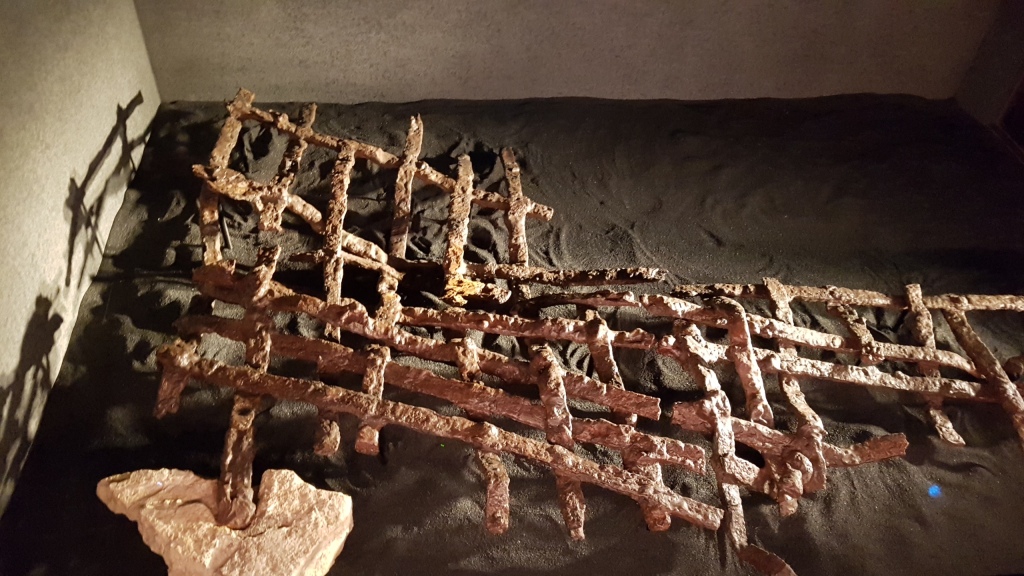
The exhibition at The British Museum follows life before Stonehenge, Stonehenge at its height, and the waning of its popularity. It is a very detailed exhibition with much of interest.
The exhibition is also popular. It was busy and tickets for that day had sold out. I thought I knew a lot about Stonehenge, but I hadn’t realised it was the most important place in Europe or that so many people had been buried there (the more elite, of course!).
Stonehenge was built around 5,000 years ago in what is now Wiltshire, close to the city of Salisbury. These days you cannot touch the stones on visits. The whole site is cordoned off with rope. Only Druids are lucky enough to worship there at the Solstice these days. When I went years ago, the best view is coming down the road on the bus with the henge in front of you. Magnificent. But there were too many people to get a proper atmosphere. The nearest I got to one of those was at Avebury standing stones. My ideal would be to wander the stones alone, but there is no chance of that at Stonehenge. To learn more about Stonehenge read here.

On view were many axe heads. Some were so smooth. Flints, masses of those too, so well knapped and sharp. I find it fascinating how our ancestors tried to make sense of the world they lived in (much as we do today, really). They worked out moon phases and sunrises and sunsets, and of course, the seasons.
Cattle were important to them. They were valuable, so sacrificing them was never taken lightly, but in the photo below two have been sacrificed, possibly for fertility. The image shows what they would have done in life, pulling a cart.

I joked about this set of wooden walkways. I called them Black & Decker workbenches! They built these walkways over boggy places so they could get from one place to another.

Stonehenge is just one of many henges. Seahenge in Norfolk is another. I read a lot of books by author Elly Griffiths. She writes crime. Her books are set in Norfolk and the main character, Dr Ruth Galloway, is an archeologist who works with police when old bones are found. Seahenge appears in one of her early books. I find the world she writes about fascinating, so I was thrilled to see Seahenge here in the exhibition.

Grave goods feature in lots of prehistoric finds. Here we find some gorgeous trinkets, finely carved. The eye is important here – possibly to see in the afterlife?


Art and music was also important to these people. They carved what they saw and what was important to them. Spirals feature highly, as do images of the sun.












Men and war. I cannot comprehend that in those days 20,000 men died in battle and their remains scattered like this image below. We never learn!

Weapons were sacrificed into the water. In the photo below, these items of war were discovered in the River Thames at Battersea.


This was a really interesting exhibition, and I’m afraid I got carried away in the shop afterwards. I bought a replica of the Sky Disc, a t.shirt, notebook and a book on Druids! The exhibition runs until 21st July, so there is still plenty of time to see it.








